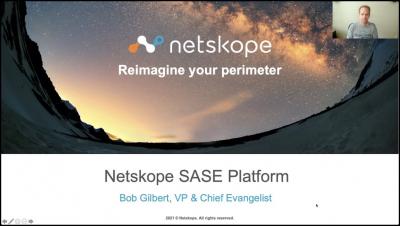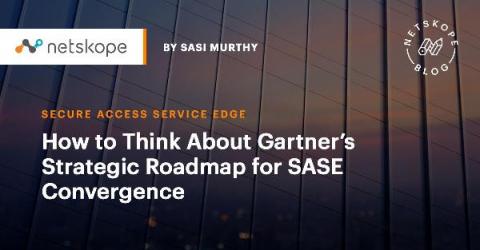Security | Threat Detection | Cyberattacks | DevSecOps | Compliance
April 2021
How to Think About Gartner's Strategic Roadmap for SASE Convergence
Gartner recently published the 2021 Strategic Roadmap for SASE Convergence, outlining key challenges that are driving shifts to Secure Access Services Edge (SASE) architecture. Not surprisingly, chief among these challenges are consistency, simplicity, transparency, and efficacy—all of which a properly implemented SASE architecture is positioned to solve. But knowing what the challenges are, how do we then get to SASE? Has your journey already started? What are the right moves?
The difference between SASE and Zero Trust
Customers often ask me: What is the difference between Zero Trust and SASE? My answer is almost always the same: Nothing….and, everything. Both have taken the industry by storm over the last couple of years, and even more so with the security and access demands on the business driven by the existing remote workforce, but both have different implementation approaches. It is important to understand, however, that one does not fully provide the other; in fact, they reinforce each other.
Do customers really care about SASE? Absolutely, and here's why
As IT and security leaders adapt to business operations in the “new normal,” they are simultaneously being charged with priming the business to win in the next era of distributed computing. This involves myriad updates to the business’ IT systems, and in some cases, a comprehensive overhaul for network modernization, cloud migration, and edge design and deployment — all tightly wrapped with security.
Endpoint Security: Helping to realize the benefits of SASE
Endpoint security is at the forefront of digital transformation due to the very nature of needing to protect devices outside the company’s network perimeter. This started with traditional devices such as laptops and desktops. Endpoint security then quickly expanded to include mobile security, for smartphones and tablets. And, as more data moved to the cloud endpoint security came to include servers and containers, both inside and outside of the network perimeter.




